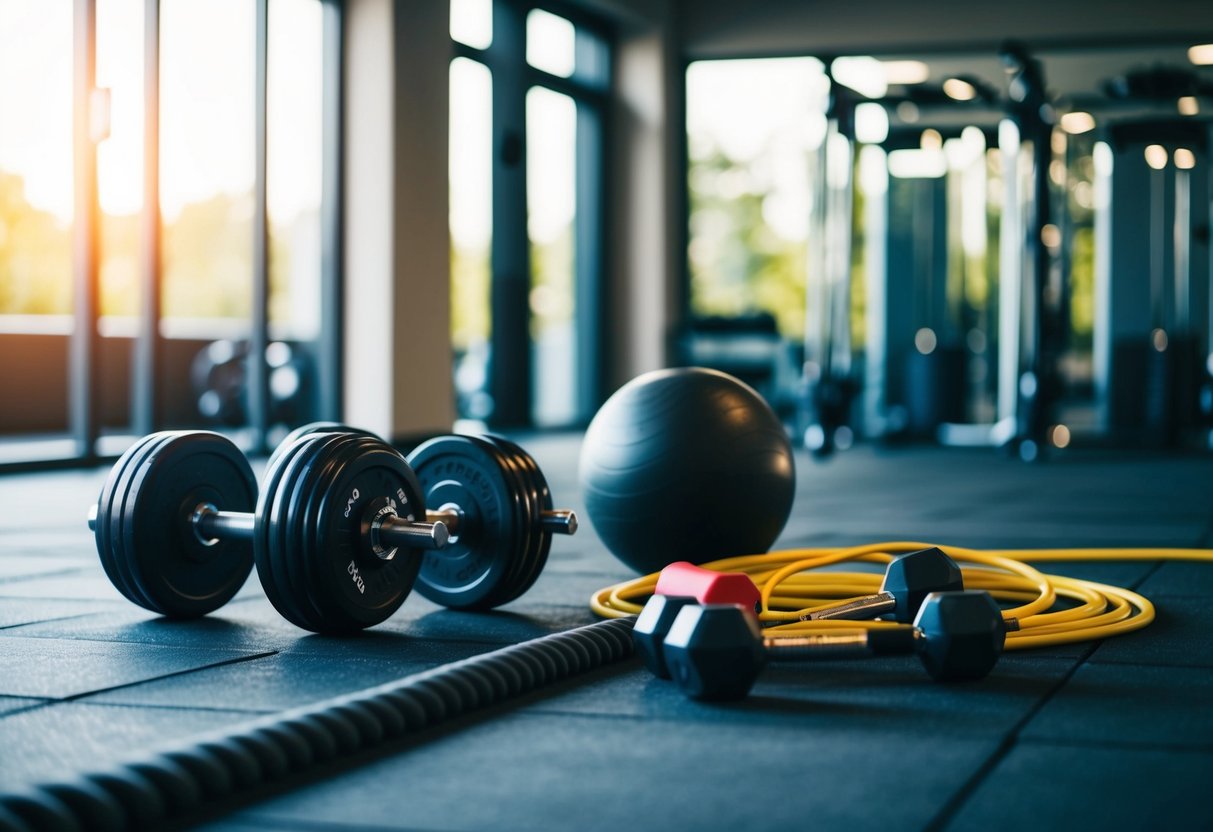DIY Circuit Training: Combine Strength and Cardio for Max Results at Home
Lower-Body and Core Focus
For the lower body, lunges are highly effective in building strength and improving balance. They target the quadriceps, hamstrings, and glutes while engaging the core for stability. Varying the lunge direction—forward, reverse, or lateral—can emphasize different muscle groups.
Strengthening the core involves exercises like planks and mountain climbers. Planks enhance muscle endurance by activating the entire core, while mountain climbers offer a cardiovascular element alongside core engagement. Incorporating these exercises into a regular routine promotes not just lower-body strength but overall muscular endurance and flexibility.
Form and Technique for Efficiency

Form and technique play a crucial role in maximizing the benefits of circuit training while minimizing the risk of injury. Paying attention to body alignment and movement precision ensures workouts are both safe and effective. Mastering the accuracy of each exercise enhances muscle engagement and improves workout efficiency.
Mastering Proper Form
Maintaining correct form in exercises like squats and planks is essential for targeting the right muscle groups. In a squat, for example, feet should be shoulder-width apart, with knees tracking over toes without extending beyond them. This positioning helps engage the glutes and quads effectively.
For plank variations such as the high plank and side plank, the body should remain in a straight line from head to heels. Engaging the core is vital to prevent sagging hips or arching the back. In a mountain climber, keeping the back flat and bringing knees to the chest increases core activation and cardio efficiency.
Attention to the form not only enhances the workout but also reduces the possibility of injury. By focusing on precise execution, individuals can optimize the benefits of their circuit training.
Avoiding Common Mistakes
Many individuals struggle with maintaining proper alignment during exercises, which can lead to inefficient workouts or injury. Common errors include letting knees cave in during squats or allowing the lower back to sag in plank positions.
Another frequent mistake in mountain climbers is bouncing or rushing through the movement, which can compromise form and reduce effectiveness. Slow, deliberate movements ensure greater control and engagement of the correct muscles.
Being mindful of breathing during exercises also enhances performance. Holding the breath can lead to increased fatigue and less effective workouts. Correcting these errors contributes to a safer and more productive circuit training routine.
Creating Workout Variations for Progression
To enhance workout effectiveness, tailoring exercises to individual fitness levels and implementing strategies to push through plateaus is crucial. This approach ensures continual improvement in endurance and muscular strength while maintaining High-Intensity Interval Training (HIIT) intensity.
Adjusting for Fitness Levels
Fitness levels vary significantly among individuals, necessitating customization. Beginners may want to focus on low-impact exercises, prioritizing form and endurance. They can start with movements like bodyweight squats and push-ups, gradually increasing the intensity.
Intermediates, on the other hand, can incorporate more challenging elements. Adding weights or increasing the number of repetitions helps to boost muscular strength. It’s essential to listen to one’s body and make adjustments to avoid overexertion. Progression for each group involves gradually increasing the difficulty to match their growing capabilities.



